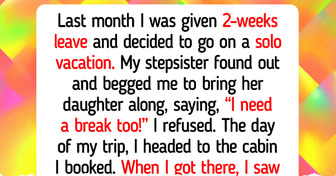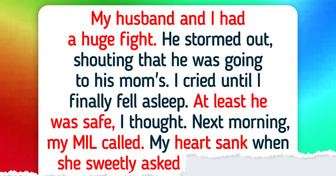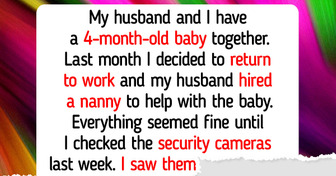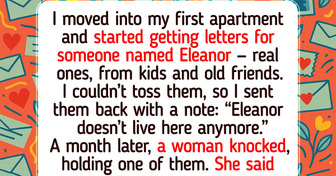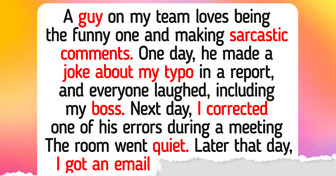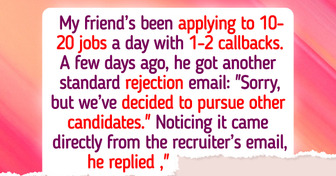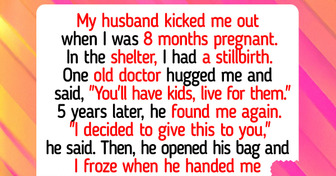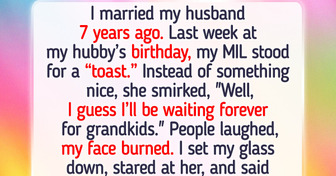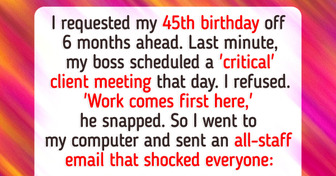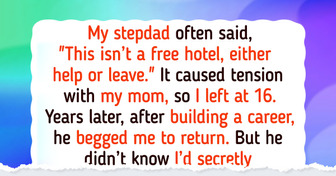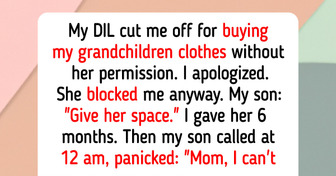My Ex Chose His New Family Over Our Daughter — I Made Him Face a Consequence He Didn’t See Coming
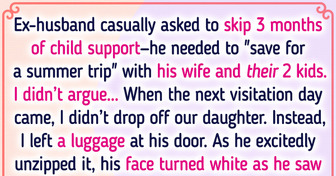
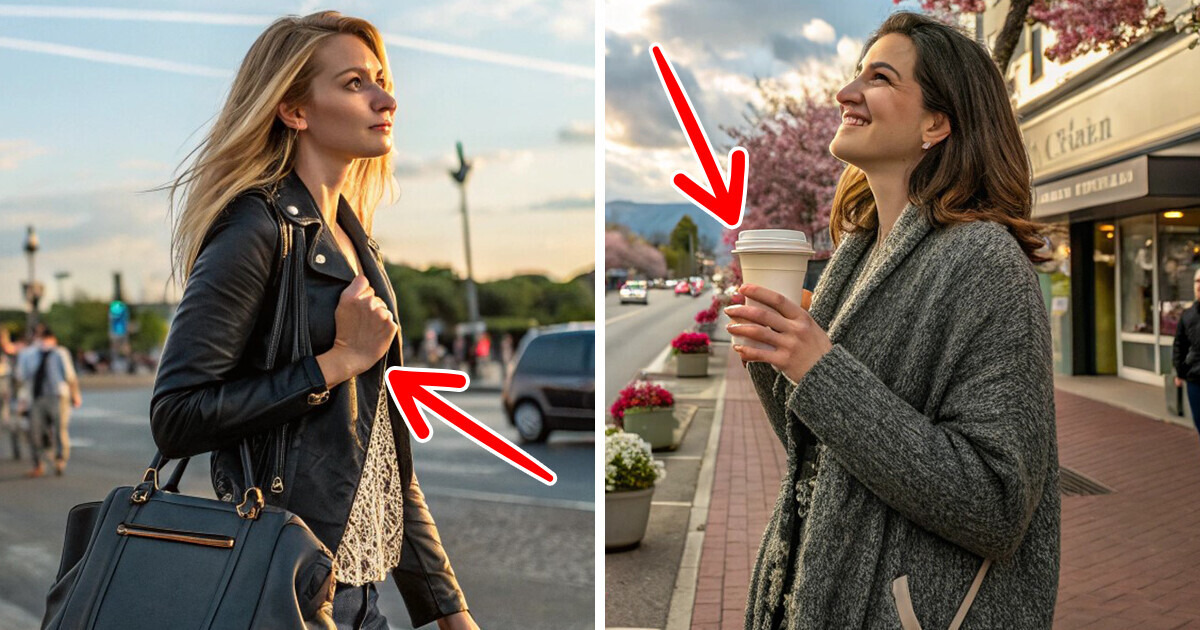
Artificial intelligence is becoming part of our daily lives more and more each year, and many people are already using it both at work and when dealing with everyday issues. However, in some cases, neural networks don't simplify, but rather complicate our lives. For example, it is sometimes difficult to distinguish real photos from generated ones. We decided to put together a few tips that can help you do this.
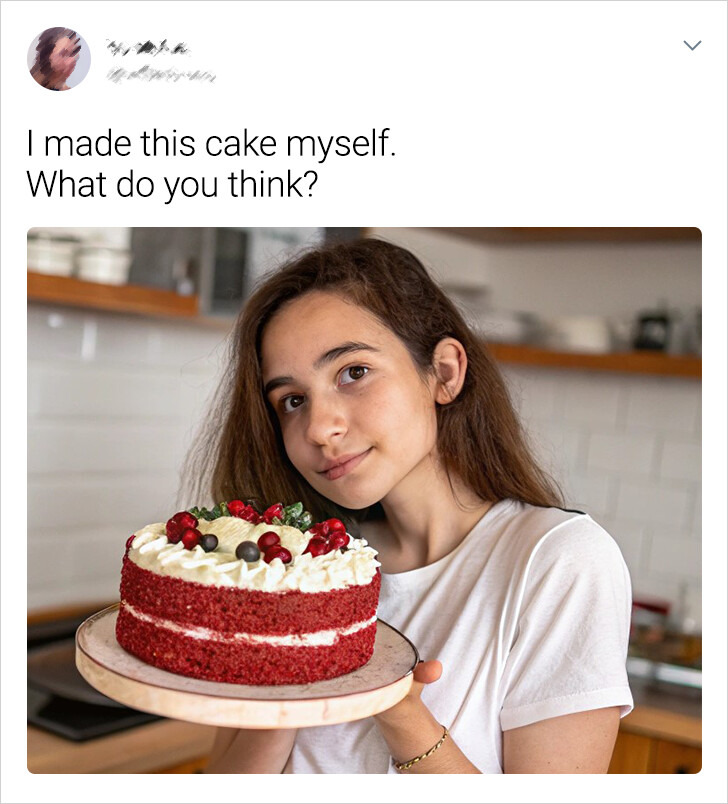
Photo hoaxes appeared long before the advent of artificial intelligence. But if earlier only a professional could change a photo or add non-existent details with the help of photo editing and retouching, now anyone can get the desired photo by simply setting certain parameters to the program. At first glance, there is nothing wrong with this: many people are just having fun.
But some unscrupulous people use artificial intelligence to create fake profiles in social networks or publish fake photos and videos of celebrities. This is how they try to influence public opinion or swindle users out of money. Therefore, it is especially important today to be able to distinguish real pictures from fake ones.
This is not an easy task, as artificial intelligence is constantly evolving and the quality of the images it creates is steadily increasing. A recent study showed that only 61% of people are able to distinguish an image created by AI from a real photo.
AI generates images by using all available photos on the web and their text descriptions. Although neural networks are constantly improving, a real photo can still be distinguished from a generated image by small details.
For example, it is still difficult for AI to draw pupils and earlobes. These elements are usually difficult to see in most real photos, so they are often deformed or blurred in the generated images.
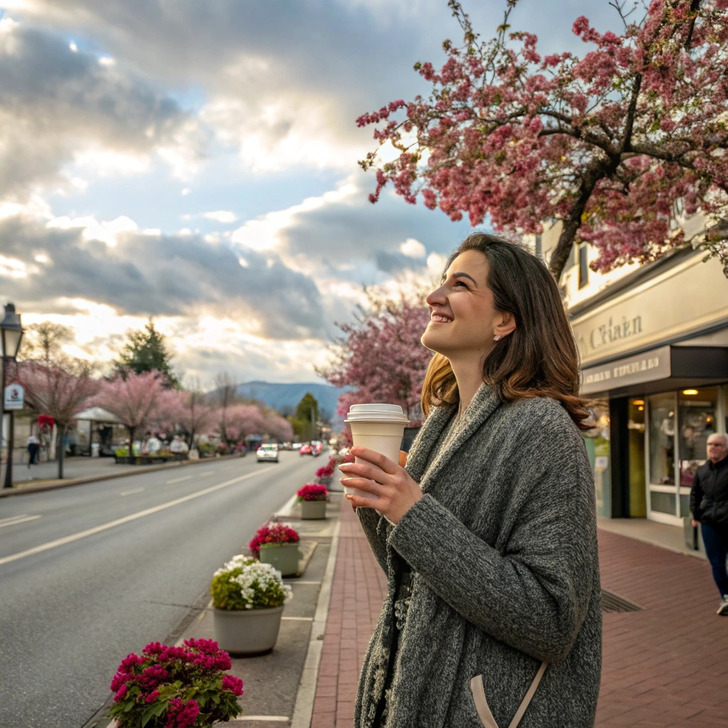
Besides, AI is not too good at drawing hands yet. Often a generated image can be easily identified by simply counting the fingers. But even if the neural network doesn’t make a mistake in the number, the nails in the image often look unnatural, and the fingers themselves seem too long, short or just look strange.
This is due to the fact that in real photos, the hands are not always in the focus of the camera. Although the latest versions of some software have already learnt to correct these errors, so you should not rely only on this parameter.
AI often uses bright, unnatural colors when generating images. However, these colors are also found in nature, so you should not judge the authenticity of a photo based on this attribute alone.
It’s better to look closely at the textures and patterns in the photo. Neural networks sometimes get confused when drawing wool, hair or irregularly shaped spots. It also tries to give the image excessive symmetry or to blur complex transitions between different textures.
A real painting can be easily distinguished from an image created by an AI if you look closely at the surface of the canvas. Although AI does a good job at imitating strokes and copying the author’s artistic style, it can’t draw cracks in the paint and other traces of time.
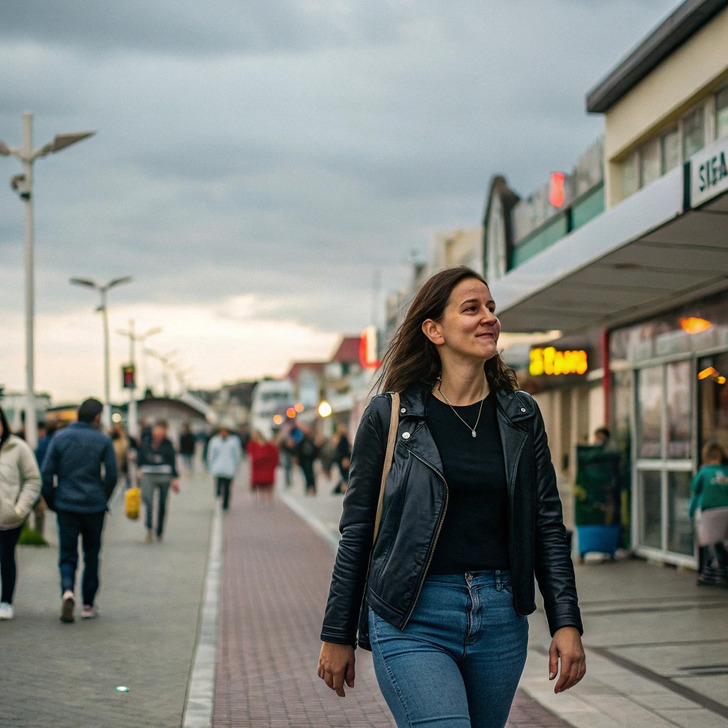
Artificial Intelligence primarily focuses on objects in the foreground, blurring the background. However, if you look closely at the figures and objects in the background, you will notice that many of them look unnatural. Usually we just don’t pay attention to this when studying the main character of the photo.
Neural networks perfectly generate not only modern images, but also old black-and-white photos. However, signs, and any text in general, are difficult for AI. Often posters and other objects with inscriptions look strange in AI-generated pictures, to put it mildly. Neural networks usually just create random sets of letters that don’t form meaningful words.
Artificial intelligence can be used to create images of historical documents and artifacts. But even though these pictures look quite authentic at first glance, they are betrayed by small details. For example, AI doesn’t always “age” exhibits and doesn’t draw creases and folds on them. In addition, some historical outfits, as well as inscriptions and hieroglyphs, may look too imaginative.
Neural networks sometimes incorrectly place the light source or make mistakes when drawing shadows. If, after careful examination of the image, you notice that the objects in the picture cast shadows in different directions or reflections look unnatural, you are most likely looking at an AI-generated image.
AI has already learnt to draw food so deliciously that most consumers prefer generated images to real photos. And given that neural networks tend to portray food as more calorific, researchers have already started to sound the alarm.
Often the footage created by AI looks too perfect. The surface of the water seems unrealistically smooth, and the leaves on the trees are strikingly bright. However, if you take a closer look, you will notice that reflections in the water follow the contours of buildings incorrectly, and the light falls on tree branches at a strange angle.
If AI copes well with the image of one character, the need to place 2 characters in the picture may confuse the program. As a result, the limbs in the created picture start to grow into each other, while accessories look strange. While generating people in the background, AI can use the same figure several times. These signs can also help to distinguish a generated picture from a real one.
Since artificial intelligence is not familiar with the laws of physics, it can make mistakes in some details. As a result, in generated images, soft objects will look hard, hands will grow into food and cups, and bags will exist separately from the hands that carry them.
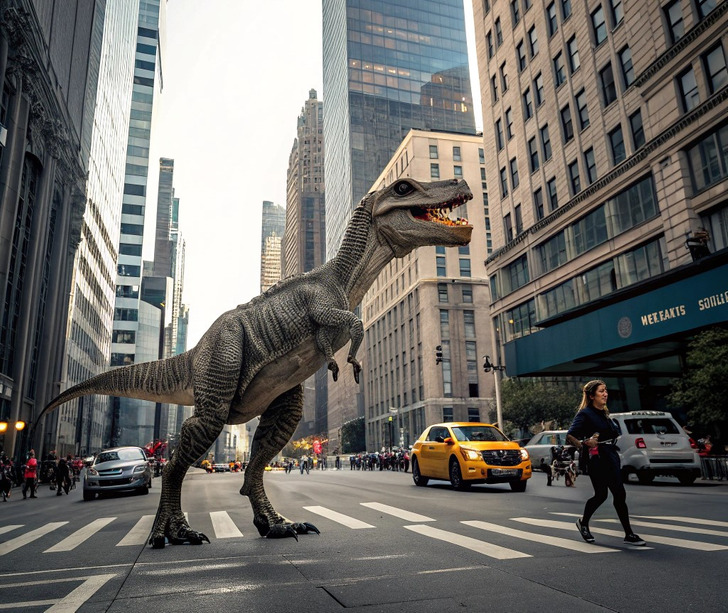
Neural networks are constantly improving, and it is becoming more and more difficult to distinguish an image created by AI from real pictures. Therefore, if you need to check a photo for authenticity, it is better not to look for details yourself, but to turn to special programs that analyze images. In the process of assessing the picture, they examine the pixels and are not bad at recognizing generated images.
Take a look at famous Disney characters that were recreated by AI.

